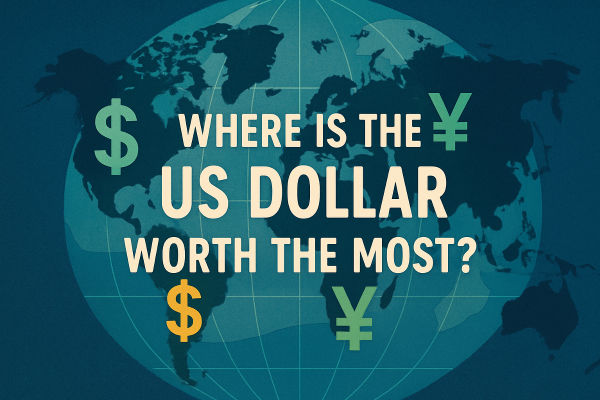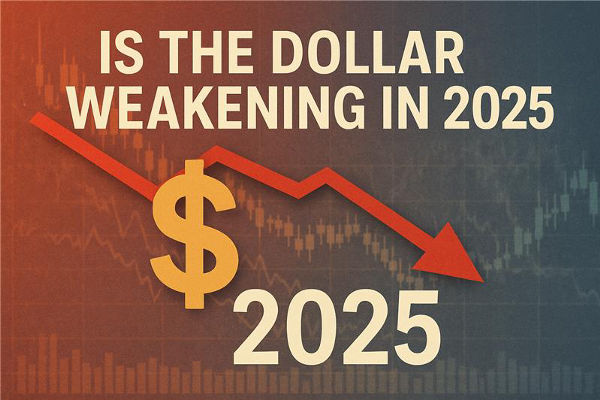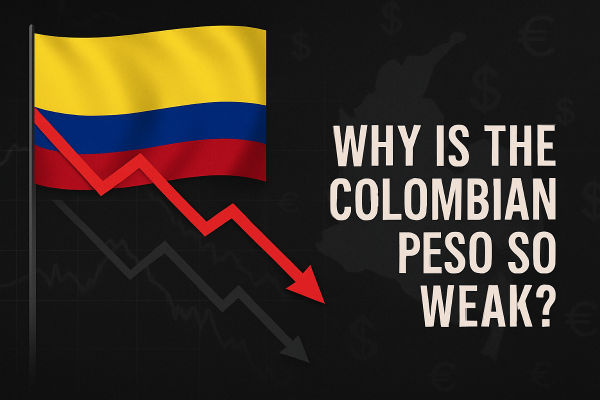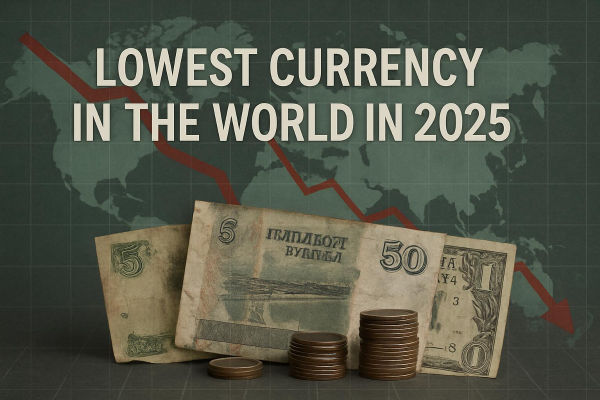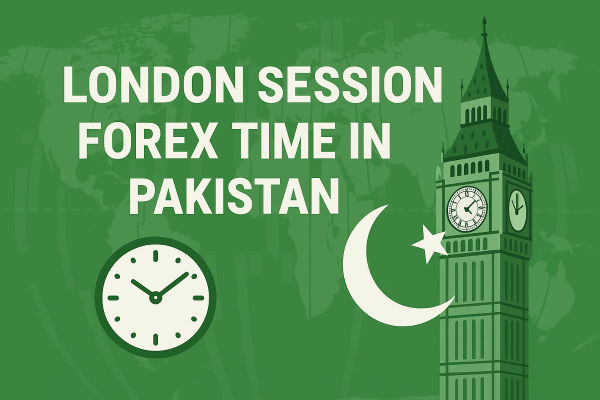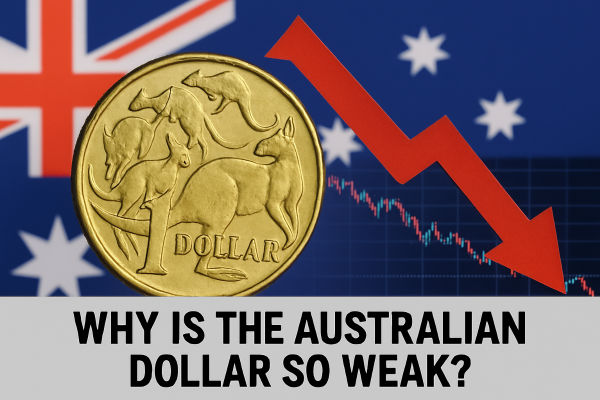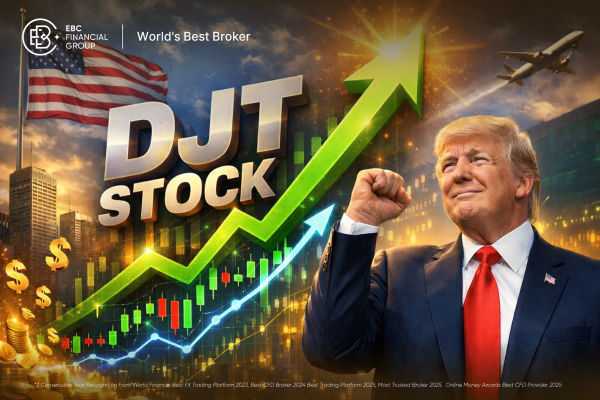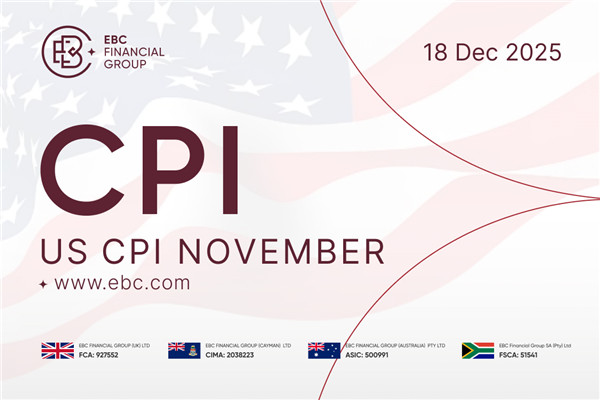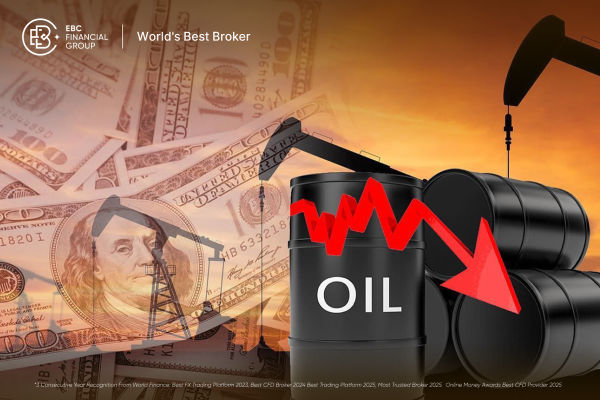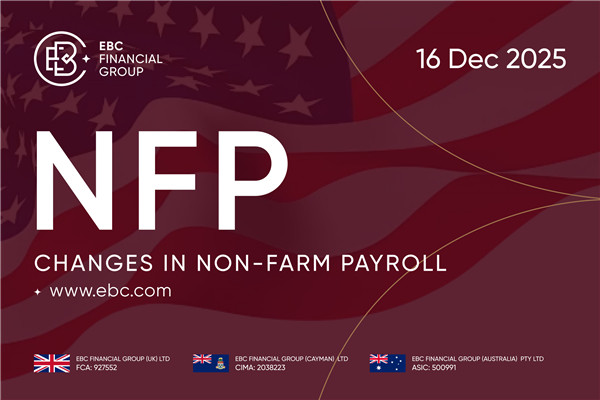As of late 2025, the US dollar still has significant purchasing power across global markets. However, its strength fluctuates significantly because of exchange rates, inflation, economic stability, and geopolitical influences.
Understanding where the dollar stretches the farthest can guide traders, investors, and businesses seeking optimal value and cost efficiency.
This guide incorporates the latest exchange and PPP rates, includes recent trends such as Iran's upcoming currency redenomination, and highlights real-use black market rates where official figures diverge.
Understanding Dollar Strength: Exchange Rates vs. Purchasing Power
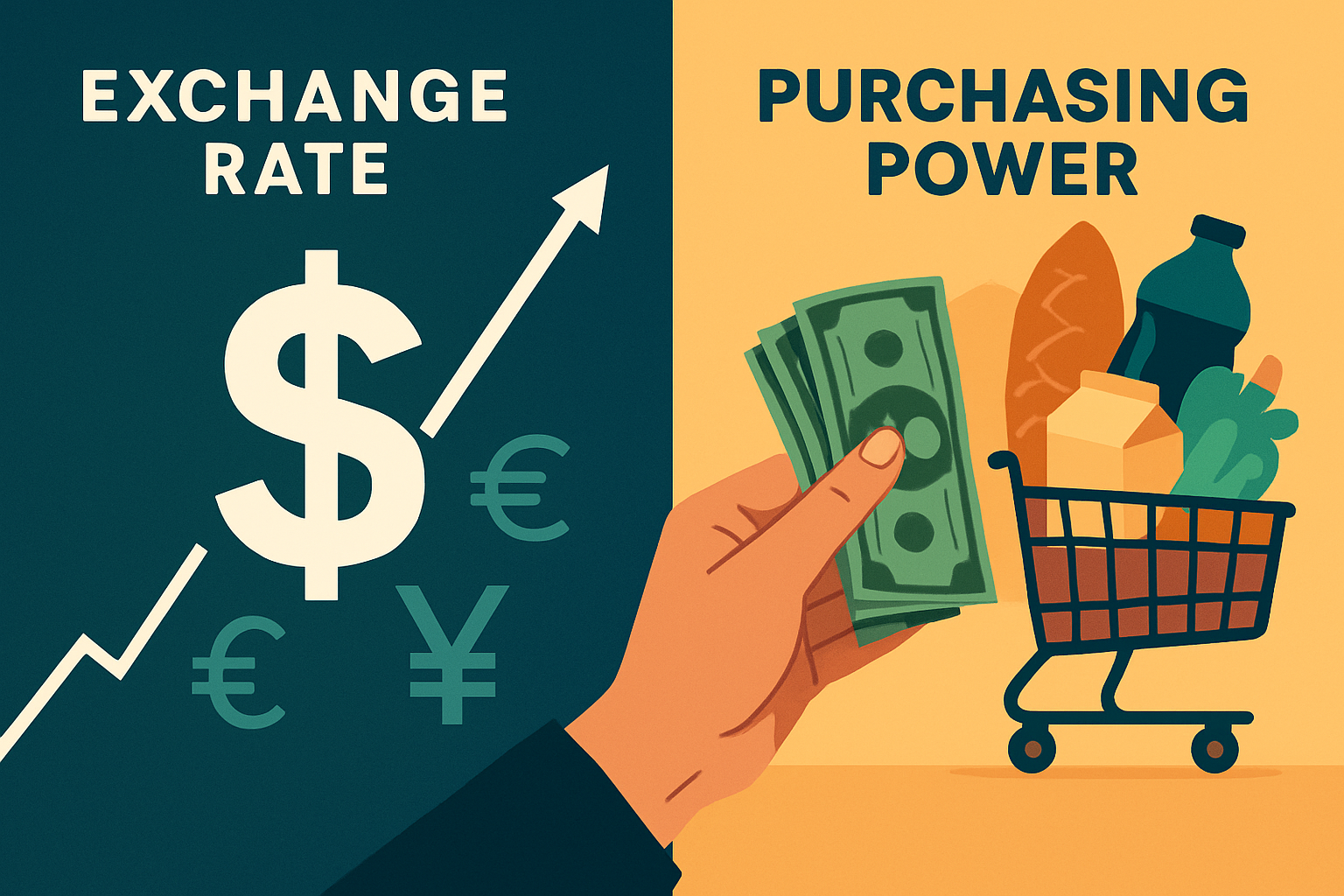
Before delving into the list, it's essential to distinguish between two key concepts:
While exchange rates offer a direct comparison, purchasing power parity provides a more detailed understanding of the dollar's value across different economies.
Where Is the US Dollar Worth the Most in 2025? Top 16 Countries
| Rank |
Country |
Current Rate (1 USD =) |
6-Month Low (Weakest USD) |
6-Month High (Strongest USD) |
Notes on Dollar Strength & Market Conditions |
| 1 |
Lebanon |
≈ 89,165.00 LBP |
~88,752 LBP (official) |
90,295 LBP (black market) |
Official rate stable; black market shows extreme dollar strength due to crisis |
| 2 |
Vietnam |
≈ 26,368.50 VND |
~26,018 VND |
~26,554 VND |
Controlled rate; minimal fluctuation, high real purchasing power |
| 3 |
Indonesia |
≈ 16,661.10 IDR |
~15,475 IDR |
~16,675 IDR |
Steady depreciation trend; dollar strong in tourism and real estate |
| 4 |
Nigeria |
≈ 1,448.81 NGN |
~1,464 NGN |
~1,550 NGN (parallel market) |
Black market premium persists due to forex scarcity |
| 5 |
Argentina |
≈ 1,447.51 ARS |
~1,271 ARS |
~1,478 ARS |
Official rate diverges sharply from informal “blue dollar” market |
| 6 |
Hungary |
≈ 329.89 HUF |
~328 HUF |
~348 HUF |
Forint weakened in early 2025; recent stabilization near 335 |
| 7 |
Japan |
≈ 155.74 JPY |
~140.90 JPY |
~158.35 JPY |
Yen weakest in early 2025; slight rebound in Q3, but still dollar-favorable |
| 8 |
Iceland |
≈ 126.38 ISK |
~120.5 ISK |
~131.0 ISK |
Króna volatile; dollar purchasing power improved in Q4 2025 |
| 9 |
India |
≈ 89.21 INR |
~88.5 INR |
~89.20 INR |
Rupee has firmed recently, likely due to central-bank support via exporters |
| 10 |
Pakistan |
≈ 281.34 PKR |
~280.63 PKR |
~285.75 PKR |
IMF support stabilized PKR, but dollar remains strong in retail |
| 11 |
Egypt |
≈ 47.82 EGP |
~47.97 EGP |
~51.72 EGP |
Float policy led to depreciation; dollar dominates high-value transactions |
| 12 |
Turkey |
≈ 42.47 TRY |
~34.18 TRY |
~41.72 TRY |
Lira hit new lows in August; dollar strength remains high |
| 13 |
Mexico |
≈ 18.36 MXN |
~18.24 MXN |
~21.17 MXN |
Peso stable; dollar strong in tourist zones and border cities |
| 14 |
South Korea |
≈ 1,464.04 KRW |
~1,373 KRW |
~1,461 KRW |
Won weakened in Q3; dollar buys more electronics and services |
| 15 |
Australia |
≈ 1.54 AUD |
~1.496 AUD |
~1.679 AUD |
AUD weakened due to China slowdown; dollar strong in travel and education |
| 16 |
Iran |
≈ 42,112.50 IRR (official) |
~40,000 IRR |
60,000+ IRR (black market) |
Sanctions drive massive black-market spread; redenomination planned |
1. Lebanon
Exchange Rate (Official): 1 USD = ≈ 89,165 LBP
Black Market Rate: ≈ 90,295 LBP
Lebanon’s currency remains trapped in crisis conditions. The official rate shows only mild movement, but the parallel market continues to expose the pound’s true weakness. Hyperinflation, political paralysis, and chronic dollar shortages keep the USD extraordinarily powerful across daily transactions.
2. Vietnam
Exchange Rate: 1 USD = ≈ 26,368.50 VND
Six-Month Range: 26,018 – 26,554 VND
Vietnam maintains its managed exchange-rate regime, resulting in minimal daily volatility. The dong’s generally soft level supports exports, while the dollar’s stability and stronger purchasing power remain attractive to investors and travellers.
3. Indonesia
Exchange Rate: 1 USD = ≈ 16,661.10 IDR
Six-Month Range: 15,475 – 16,675 IDR
The rupiah’s gradual depreciation reflects external pressures, including imported inflation and current-account challenges. The USD remains dominant in tourism, real estate, and high-value imports due to the steady erosion of local currency strength.
4. Nigeria
Exchange Rate (Official): 1 USD = ≈ 1,448.81 NGN
Parallel Market: Up to ~1,550 NGN
Nigeria continues to experience FX shortages despite central-bank interventions. A significant black-market premium persists, with the US dollar serving as a preferred unit of account, especially for imported goods, property, and corporate transactions.
5. Argentina
Exchange Rate (Official): 1 USD = ≈ 1,447.51 ARS
Six-Month Range: 1,271 – 1,478 ARS
Argentina’s peso remains under pressure from entrenched inflation and fiscal imbalances. The “blue dollar” market continues to diverge sharply from official rates, reinforcing the US dollar’s dominance as the de-facto savings currency for households and businesses.
6. Hungary
Exchange Rate: 1 USD = ≈ 329.89 HUF
Six-Month Range: 328 – 348 HUF
The fortress faced notable weakness earlier in 2025 before stabilizing near the mid-330s. Economic uncertainty and regional inflation keep the USD appealing for investors seeking a steadier store of value.
7. Japan
Exchange Rate: 1 USD = ≈ 155.74 JPY
Six-Month Range: 140.90 – 158.35 JPY
The yen remains heavily influenced by the Bank of Japan’s accommodative stance. Wide interest-rate differentials between the BOJ and the Federal Reserve continue to favour the dollar, keeping USD/JPY near multi-decade highs.
8. Iceland
Exchange Rate: 1 USD = ≈ 126.38 ISK
Six-Month Range: 120.5 – 131.0 ISK
The króna's volatility reflects Iceland’s small, tourism-driven economy. With recent swings in global travel flows and export revenue, the stronger dollar has boosted purchasing power for US visitors and investors.
9. India
Exchange Rate: 1 USD = ≈ 89.21 INR
Six-Month Range: 88.5 – 89.20 INR
The rupee touched record lows in 2025 before minor strengthening supported by central-bank-backed liquidity. Although India’s macro environment remains relatively stable, the dollar retains strong purchasing influence in trade- and import-heavy sectors. [1]
10. Pakistan
Exchange Rate: 1 USD = ≈ 281.34 PKR
Six-Month Range: 280.63 – 285.75 PKR
Pakistan’s rupee remains supported by IMF-aligned reforms, though structural imbalances persist. The dollar remains strong in retail and cross-border trade, with modest fluctuations reflecting fragile investor confidence.
11. Egypt
Exchange Rate: 1 USD = ≈ 47.82 EGP
Six-Month Range: 47.97 – 51.72 EGP
Floating-rate policies and structural reliance on imports continue to erode the Egyptian pound’s value. The USD underpins large-scale transactions, including high-value goods, real estate, and savings decisions.
12. Turkey
Exchange Rate: 1 USD = ≈ 42.47 TRY
Six-Month Range: 34.18 – 41.72 TRY
The lira’s downtrend intensified during mid-2025 amid persistent inflation and volatility. Despite policy tightening, market confidence remains fragile, leaving the US dollar comparatively powerful for both residents and visitors.
13. Mexico
Exchange Rate: 1 USD = ≈ 18.36 MXN
Six-Month Range: 18.24 – 21.17 MXN
The peso has displayed surprising resilience driven by strong manufacturing and US-linked exports. Nonetheless, the dollar maintains heightened purchasing power in tourist-heavy regions and border economies.
14. South Korea
Exchange Rate: 1 USD = ≈ 1,464.04 KRW
Six-Month Range: 1,373 – 1,461 KRW
The won weakened through Q3 as export concerns and global rate dynamics shifted. The US dollar remains advantageous for electronics purchases, travel, and capital outflows due to widening rate spreads.
15. Australia
Exchange Rate: 1 USD = ≈ 1.54 AUD
Six-Month Range: 1.496 – 1.679 AUD
Softening commodity demand, particularly from China, and comparatively lower interest rates weigh on the Australian dollar. The stronger USD continues to benefit travellers, students, and investors moving funds into Australia.
16. Iran
Official Exchange Rate: 1 USD = ≈ 42,112.50 IRR
Black Market Rate: 60,000+ IRR
Sanctions and structural disruptions maintain the wide gulf between Iran’s official and unofficial FX markets. [2] A potential redenomination remains under discussion, but underlying currency weakness persists, keeping the US dollar firmly dominant across large and small transactions.
Black-Market vs. Official FX Rates
Dual-rate systems tend to emerge when a government tries to defend an exchange rate that no longer reflects economic reality. The official rate becomes a political number; the market creates its own. Over time, the gap between the two becomes a stress gauge.
You can frame the section around a few natural progressions:
How Dual-Rate Systems Form
They typically appear when a country restricts access to foreign currency, usually to conserve dwindling reserves, curb capital flight, or manage import bills. Once access is restricted, a parallel market pops up to fill the demand that the official system can’t supply. Lebanon, Nigeria, and Iran illustrate how quickly this happens when liquidity dries up.
Why the Spread Widens
When inflation accelerates, reserves fall, or investor confidence collapses, the official rate stays fixed while the real value of the currency falls. The spread grows even faster when:
importers can’t get dollars at the official window
remittances shift into informal channels
domestic savers start hoarding USD
sanctions or capital controls isolate formal FX markets
The wider the spread, the more the official rate becomes symbolic rather than functional.
Why Traders Track Black-Market Pricing
The parallel rate offers the closest proxy to the “true” value of the currency when the formal market is distorted. It acts as a leading indicator of future policy moves, particularly devaluations.
For example, Argentina’s blue-dollar surge often preceded official adjustments; Nigeria’s 2024-2025 spread signalled FX shortages long before formal reforms.
Why the Dollar Remains Strong and What to Watch
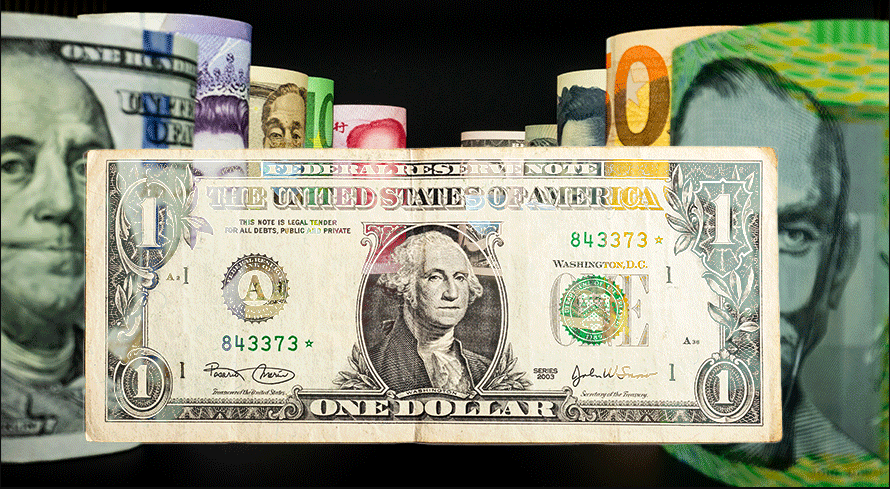
The global reserve currency position of the US dollar, supported by the size of the US economy and the depth of its markets, sustains its strength. Monetary policy divergence between the US Federal Reserve's rate hikes and looser policies in other economies further elevates the dollar's attractiveness.
For investors, understanding the differences between black market and official rates, local inflation trends, and geopolitical events is essential for evaluating the true value of the dollar.
In countries like Lebanon, Iran, and Nigeria, where formal and informal rates vary vastly, dollar usage in daily life exceeds formal currency exchange rates. At the same time, countries backing exports with weaker currencies maintain structural dollar strength.
Frequently Asked Questions
1.Why Is the US Dollar Stronger in Some Countries Than Others?
Dollar strength varies due to local currency depreciation from inflation, political instability, monetary policy divergence, and trade imbalances. Countries with weak or depreciating currencies, such as Lebanon, Argentina, and Nigeria, offer the dollar more purchasing power.
2. How Does Purchasing Power Parity (PPP) Differ From Exchange Rates in Measuring Dollar Strength?
Exchange rates show nominal currency conversion, while PPP compares the actual cost to buy a standardised basket of goods.
3. What Causes Black Market Currency Rates to Differ Significantly From Official Exchange Rates?
Black market rates emerge from capital restrictions, shortages of foreign currency, or economic sanctions that restrict formal access to dollars, creating a premium on the dollar in unofficial markets.
4. Is the Dollar Expected to Remain Strong Across These Countries in Late 2025 and Early 2026?
Yes, unless major geopolitical shifts or policy changes occur, the dollar is expected to maintain strength due to ongoing global economic disparities and monetary tightening differentials.
Conclusion
Across 2025, the US dollar stays strong wherever local currencies struggle with inflation, weak reserves, or political pressure. In places like Lebanon, Argentina, Nigeria, and Iran, the dollar naturally becomes the preferred store of value when confidence in the local currency falls.
Even in more stable markets such as Vietnam, Indonesia, and Mexico, export-focused policies and lower interest rates keep their currencies softer, which helps the dollar maintain an edge.
Unless global central banks move closer in policy or major events shake the current balance, the dollar’s advantage is likely to hold. For now, it remains the reference point for pricing, saving, and trading in many parts of the world.
Disclaimer: This material is for general information purposes only and is not intended as (and should not be considered to be) financial, investment or other advice on which reliance should be placed. No opinion given in the material constitutes a recommendation by EBC or the author that any particular investment, security, transaction or investment strategy is suitable for any specific person.
